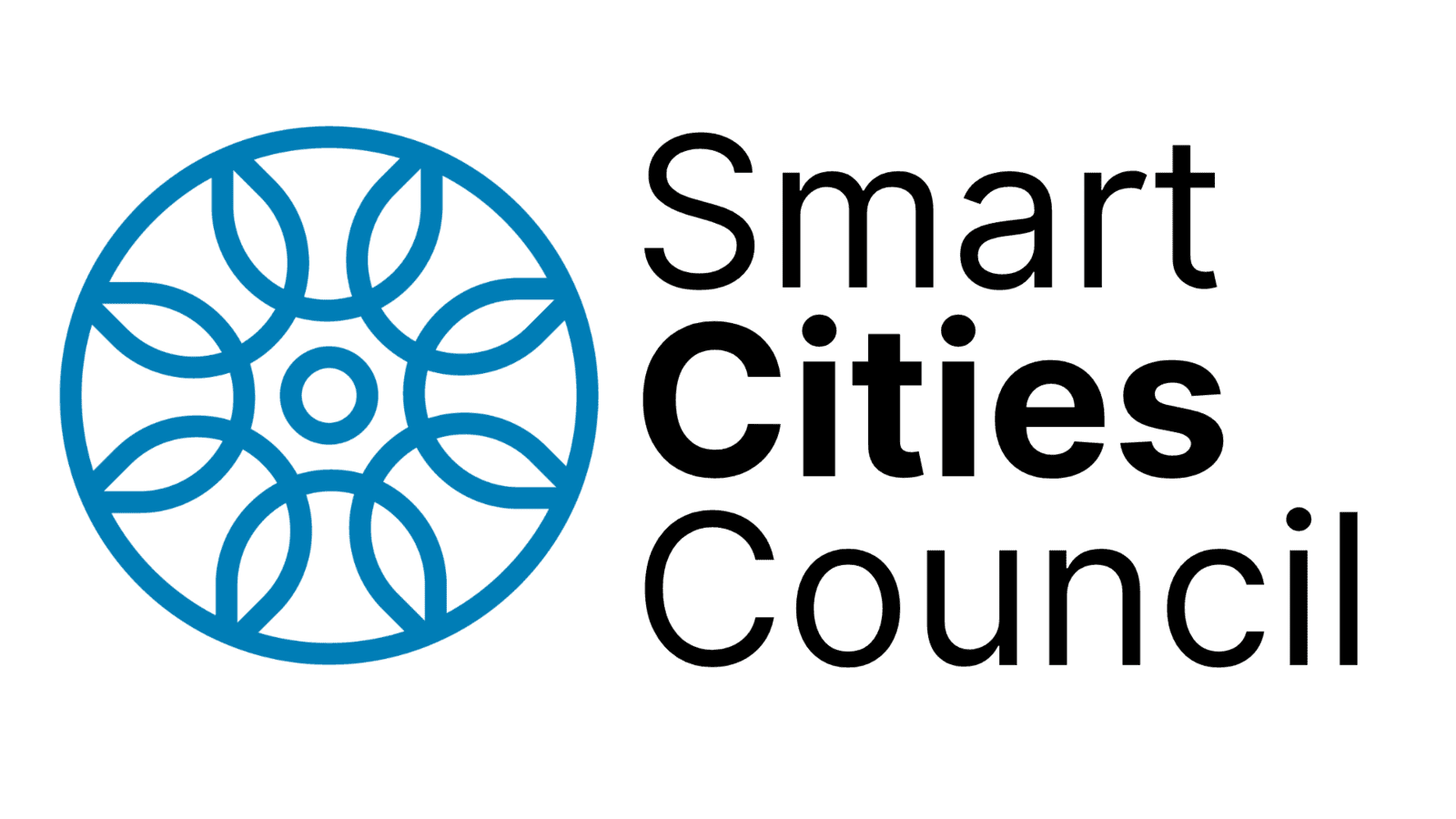When Raj Mehta first began his career designing telecom towers, he had little idea that his path would one day lead to reshaping infrastructure at the scale of entire states. But today, as a Resident Client Success Manager at Trimble, he plays a critical role in helping U.S. transportation agencies overhaul aging systems, bringing digital transformation to the core of public service.
“I started out as a structural engineer, but I quickly realised I didn’t want to stay in just a technical role,” Raj explains. “I wanted to combine deep engineering knowledge with a strategic mindset to influence how infrastructure actually works in the real world.”
That ambition led him to pursue a Master's in Computer Science, opening the door to a new chapter: working with Trimble to support state Departments of Transportation (DOTs) in their shift to cloud-based systems. Today, he is based in South Carolina, helping modernize systems that in some cases are over 25 years old.
“The goal is simple,” he says. “I help state DOTs move away from legacy solutions that no longer serve their purpose and into digital ecosystems that are scalable, efficient, and aligned with current mandates.”
This mandates requires government agencies at both federal and state levels to meet rising expectations around transparency, sustainability, and service delivery. Raj’s role includes everything from customizing platforms to validating system builds, often working across departments to ensure that digital transitions are seamless and sustainable.
He’s quick to highlight the scale and significance of these projects: “We have a presence, directly or indirectly, in 48 out of 50 U.S. state DOTs. That means the solutions we provide aren’t just software, they’re essential infrastructure management tools.”
Raj is also deeply aligned with the mission of the Smart Cities Council. “Government can’t operate in a vacuum,” he says. “To build smart cities and transportation networks, there needs to be parity between public and private innovation. Smart Cities Council helps people like me working in a government-facing roles stay connected to what’s happening outside it.”
He’s particularly passionate about the importance of learning and collaboration across agencies. “A lot of success comes from knowledge sharing between public entities. That’s often overlooked, but it’s essential.”
When asked about his long-term goals, Raj doesn’t hesitate. “If I can help digitize the day-to-day operations of every state DOT in the U.S., that would be the legacy I’d like to leave behind.”
For Raj, success isn’t just about solving today’s challenges. It’s about laying the digital groundwork for tomorrow’s smart, sustainable infrastructure state by state, system by system.
For more information on Smart Cities Council, please contact us.

